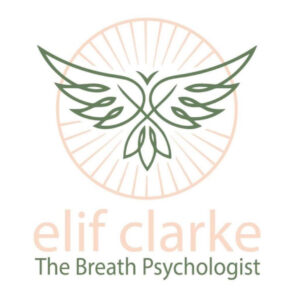Most of us go through traumatic experiences on some level, at some point in our lives. Those experiences can include abandonment, rejection, emotional and physical abuse, neglect and much more.
Our brains store traumatic memories in a different way to ordinary memories because the overwhelming emotion we experience during a traumatic event stops the brain from processing it in the same way as an everyday event. As a result, we may not be able to talk about the trauma. Instead we can experience them as flashbacks and nightmares.
We can also store trauma in our body as tension, pain, fear or terror that affects our breathing pattern. We tend to breathe short, shallow breaths from the chest to avoid feeling the painful emotions the relate to traumatic experiences. This pattern of chest breathing will exacerbate our physical symptoms of trauma and create a vicious cycle.
Our breath is THE self-empowering tool we have access to, to help us process the traumatic experiences stored in our body. Deep full breathing using the diaphragm helps the body to release, process and integrate the traumatic memories, thoughts and experiences that were pushed into the unconscious in order to avoid painful feelings.
“In the breath, the soul finds an opportunity to speak” – Donna Faulds, ‘Breath’.
Transformational Breath® is the breathing technique I employ to help my clients process their traumatic experiences. By definition it is a self-empowering breathing technique which brings physical, mental/emotional and spiritual integration. It is self-empowering, because YOUR breath is the tool to bring healing to you, nothing else and no one else.
By breathing with the diaphragm into those painful, tense, and closed areas of our respiratory system, repressed and suppressed traumatic memories and the painful emotions associated with them, will come to the surface – into consciousness to be processed and integrated.
Alongside breathing, I employ four other healing modalities to process traumatic memories in our body. These are:
- Sound – Sound helps to release tension around the jaw so the client is more able to say how they feel.
- Movement – Movement helps to release tension around the diaphragm and the whole respiratory system so that the breath will be fuller and deeper, allowing the client to release unconscious memories and traumas from the body’s cellular memory.
- Acupressure – With the help of acupressure from the clients’ own hands on tight and painful parts of the respiratory system, shoulders, jaw, solar plexus and lower abdomen, tension is released from constricted muscles – as they let go of painful stored emotions.
- Affirmations – Use of affirmations helps the client to reprogram their unconscious, to build self-confidence and positivity.
The compassionate container created by daily practice of Transformational Breath® may enable the person to witness traumatic memories and thoughts without being re-traumatised by them.


Recent Comments